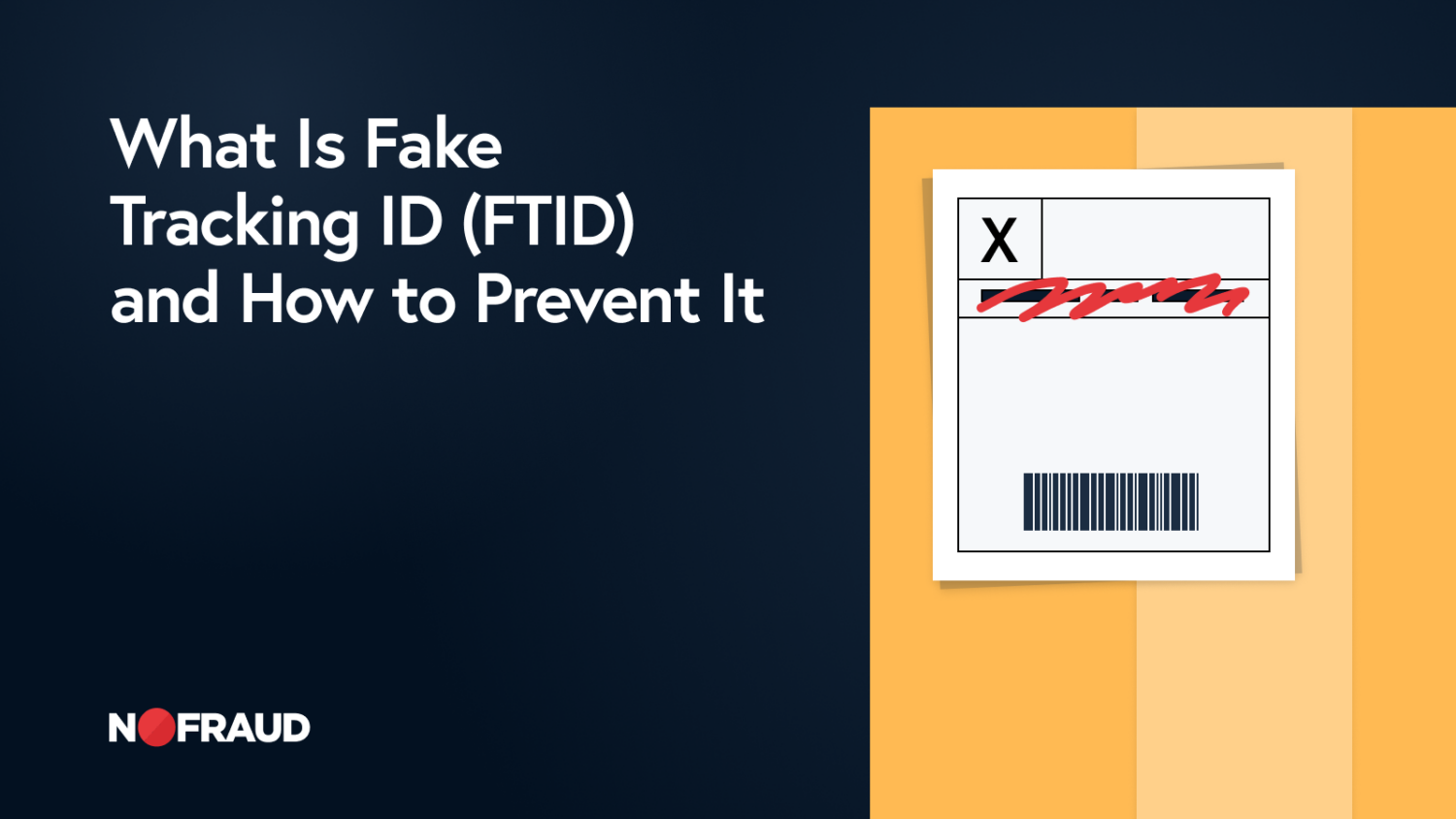Chargeback fraud poses a significant threat, ensnaring even the most legitimate shoppers who may inadvertently initiate fraudulent chargebacks without malicious intent. Confusion, misunderstandings, or frustration with the returns process can lead to unintentional chargebacks, with studies revealing that up to 80% of cases involve consumers seeking convenience rather than committing fraud. This innocent mistake can still result in revenue loss and reputational damage for your business, even if you’ve done nothing wrong. The silver lining is that exceptional customer service and support are the most effective chargeback prevention strategies. This article provides an overview on chargeback fraud, how it happens, and what you can do to prevent it.
What Is Chargeback Fraud?
Chargeback fraud happens when a customer deliberately exploits the chargeback process by filing a false claim, aiming to obtain a refund or gain additional benefits. This fraudulent tactic can have severe consequences for businesses, leading to significant revenue loss, reputational damage, and increased financial penalties from payment processors.
Types of Chargebacks
- Friendly fraud: When a customer makes a legitimate purchase but files a chargeback claim, often due to buyer’s remorse or a misunderstanding.
- Chargeback abuse: When a customer repeatedly files false chargeback claims to exploit the system.
- Criminal fraud: When a fraudster uses stolen credit card information to make a purchase and then files a chargeback claim.
How to Prevent Chargeback Fraud
1. Establish clear refund and return policies to avoid confusion
Clearly define your refund and return policies to avoid customer confusion. Communicate these policies prominently on your website, social media, and customer support channels. This includes specifying timelines, procedures, and requirements for refunds and returns. This helps reduce the likelihood of chargebacks resulting from misunderstandings or frustration.
2. Use secure payment processing and fraud detection tools
Implement secure payment processing systems that comply with industry standards (e.g., PCI-DSS). Additionally, utilize fraud detection tools that can identify and flag suspicious transactions. These tools can help prevent fraudulent activity and reduce the risk of chargebacks. Stay up-to-date with the latest security measures and best practices to ensure your payment processing is robust and secure.
3. Verify customer information and card details
Verify customer information and card details to ensure accuracy and legitimacy. This includes validating card numbers, expiration dates, and security codes. You can also use address verification services (AVS) and card verification values (CVV) to further authenticate transactions. By verifying customer information, you can reduce the risk of fraudulent transactions and subsequent chargebacks.
4. Respond quickly to customer inquiries and resolve issues efficiently
Respond promptly to customer inquiries and resolve issues efficiently to prevent frustration and confusion. This includes addressing concerns about orders, shipping, and products. By providing excellent customer service, you can build trust and loyalty with your customers, reducing the likelihood of chargebacks resulting from dissatisfaction or misunderstandings.
5. Regularly monitor chargeback rates and investigate suspicious activity
Monitor your chargeback rates regularly and investigate suspicious activity to identify potential fraud patterns. Analyze your data to detect anomalies and take proactive measures to address them. This includes reviewing transactions, identifying high-risk customers or orders, and implementing additional security measures to prevent future fraud. By monitoring and investigating suspicious activity, you can stay ahead of potential fraud and reduce the risk of chargebacks.


